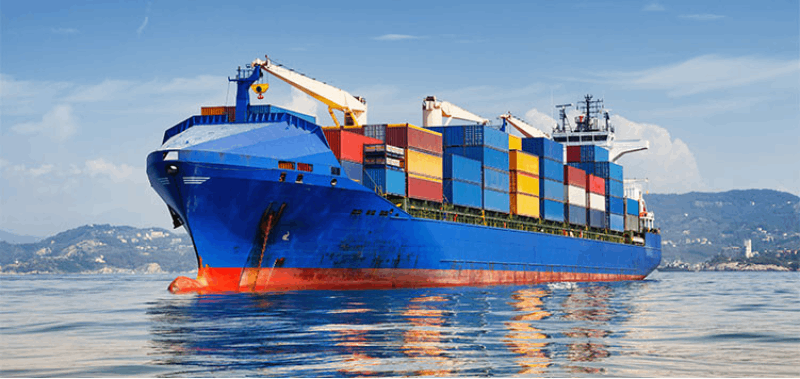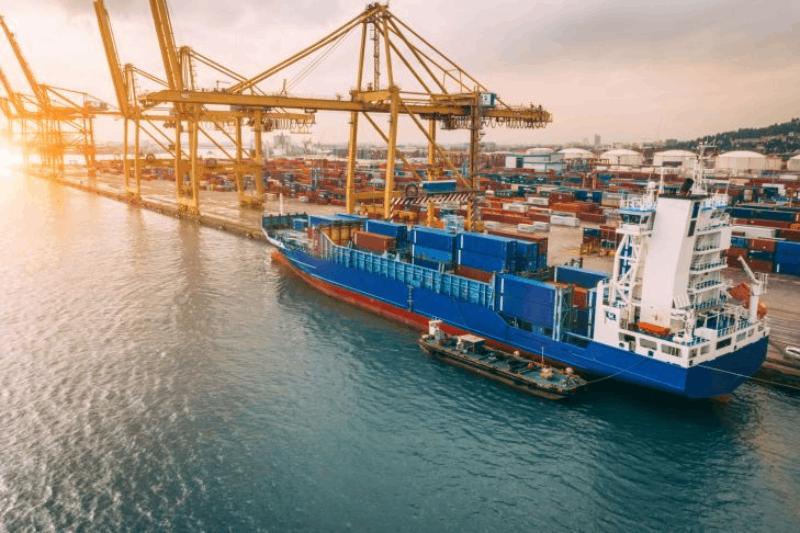Time:2022-07-05 Publisher:Kevin Num:5498

The recent shipping market is not as prosperous as the previous two years. Port congestion and the upsurge of strikes have made the port problem more and more serious.
In the United States, labor negotiations in the west coast port of the United States are still the focus of continuous attention.
The contract between the Pacific Maritime Association (PMA), which represents employers, and the workers' Association expired on July 1.
However, the two sides failed to reach an agreement on the outcome of the negotiations. This means that the workers' Association refused to extend the labor contract.
The two sides said in a joint statement: "both sides understand the importance of the ports on the west coast of the United States to their own economy and even the global economy. ”
“They hope to sort out a new contract as soon as possible to ensure the normal operation of the ports."
It is understood that the contract of the American dock union covers 22000 dock workers in 29 ports on the west coast of the United States. In total, they handle about 44% of U.S. container shipments. Especially the containers from LA/LB port.
In fact, nearly 150 business groups urged the White House to speed up the promotion of the west coast port management and trade unions to temporarily extend the contract. To ensure the continuity of the supply chain.
The contract negotiation between employers and workers began as early as may this year, and the main reason is that the continuous spread of the epidemic and the surge in the volume of goods have not been completely resolved.

In a letter to Biden, the industry association said that due to various reasons, they are still experiencing supply chain disruption and congestion.
Extending the current contract will provide certainty for stakeholders involved in the supply chain of West Coast ports.
According to the analysis of insiders, the core obstacle of the current negotiation lies in port automation and salary and welfare.
The automation of the port is getting higher and higher, and the trade union is worried about the crisis of unemployment.
In fact, recently, the number of container ships waiting for berths at Long Beach port and Los Angeles port on the west coast of the United States has decreased a lot, down 81% from the peak in January this year.
However, it is worth noting that the traffic on the land side of the port is still congested, and there is also a large backlog of containers in railway transportation. At the other end of the east coast port, there are still delays of up to three weeks.
As we enter the crucial peak shipping season, freight volume is expected to remain at an all-time high, putting further pressure on the supply chain and increasing inflation.
Many expect these challenges to continue for the rest of the year.
Even with the joint statement, supply chain stakeholders remain concerned about possible disruptions, especially in the absence of contracts or extensions.



